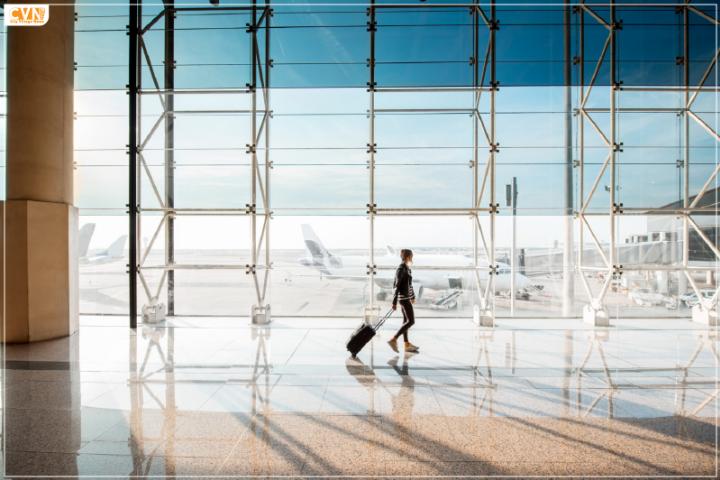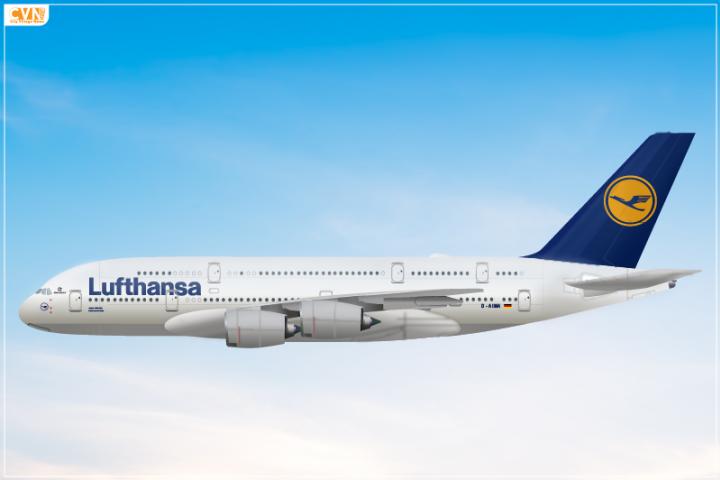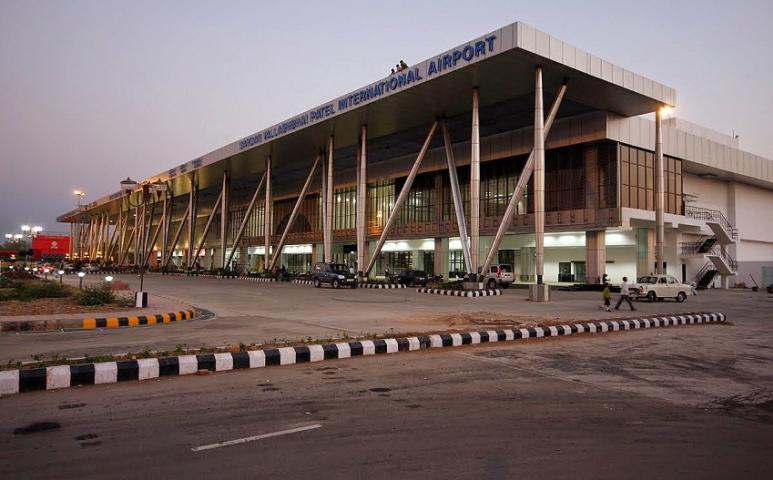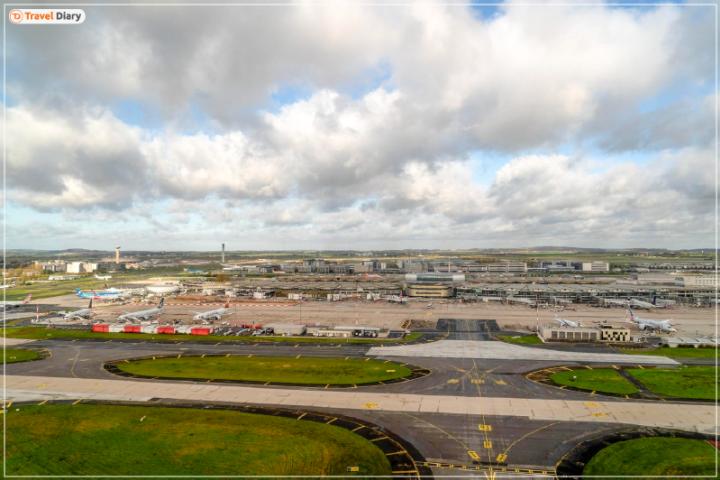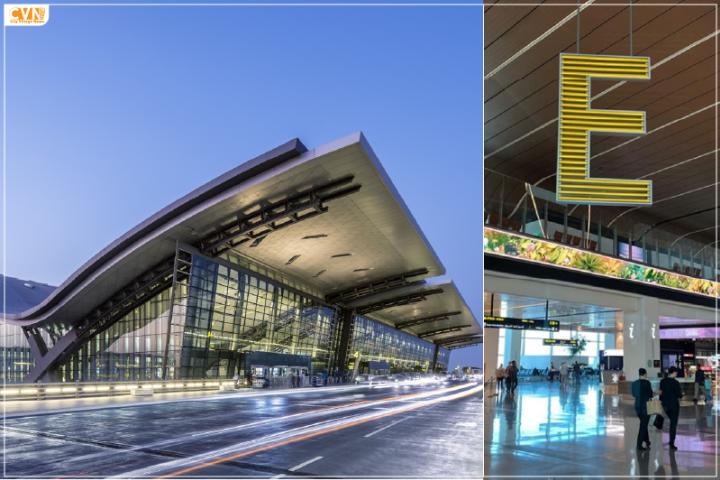Airport transfers are a crucial part of travel, whether you’re making a connecting flight or heading to your final destination. However, this phase of the journey can often be stressful due to tight schedules, unfamiliar locations, or unexpected delays. Fortunately, many of the common challenges associated with airport transfers can be avoided or minimized with a little preparation and know-how. In this article, we’ll explore the most frequent issues travelers face during airport transfers and offer practical tips for overcoming them.
1. Tight Layover Times: Beating the Clock
One of the biggest challenges during an airport transfer is having too little time between connecting flights. A short layover can leave you scrambling to get through security, customs, or between terminals.
How to Overcome It:
- Book Longer Layovers: Whenever possible, select flights with at least a 90-minute layover for domestic transfers and 2-3 hours for international connections. This gives you more breathing room in case of delays or long security lines.
- Know Your Airport Layout: Before your trip, familiarize yourself with the airport layout. Many airports provide online maps or mobile apps showing terminal locations, gate numbers, and transport options within the airport.
- Use Fast-Track Security: Some airports offer fast-track services for passengers with tight connections. If available, purchase access to these lanes for quicker passage through security and customs.
2. Language Barriers: Navigating Foreign Airports
Arriving in a foreign country can be daunting, especially if you don’t speak the local language. Navigating through airport signage, finding transportation, and communicating with staff can feel overwhelming.
How to Overcome It:
- Use Translation Apps: Apps like Google Translate can be incredibly helpful for translating signs or communicating with airport staff. Many apps also work offline, so you can use them without needing Wi-Fi.
- Look for Universal Symbols: Most airports use internationally recognized symbols for key areas like restrooms, security, baggage claim, and transportation. Focus on these symbols if you’re having trouble with local language signs.
- Download Airport Maps: Many airports have official apps that include maps and information in multiple languages. Download the map or app for your airport ahead of time to avoid getting lost.
3. Delayed or Missed Connections: Staying Calm and Informed
Flight delays can easily throw off your airport transfer plans, especially if you have a tight connection. Missing a connecting flight can disrupt your entire itinerary.
How to Overcome It:
- Monitor Flight Status: Stay up to date with your flight’s status by using your airline’s app or other flight tracking apps. These apps provide real-time updates on delays or gate changes, allowing you to adjust your plans accordingly.
- Know Your Rebooking Options: In case of a missed connection, most airlines will rebook you on the next available flight. Familiarize yourself with your airline’s rebooking policies before your trip so you know what to expect in the event of delays.
- Pack Essentials in Your Carry-on: Always keep essentials like medication, chargers, toiletries, and a change of clothes in your carry-on. In case you miss a flight or experience a long delay, you’ll have what you need to stay comfortable until your next departure.
4. Customs and Immigration Delays: Dealing with Long Queues
International transfers can be particularly challenging because of customs and immigration checks. Long lines and additional security screenings can eat up valuable transfer time, leading to missed flights.
How to Overcome It:
- Use E-Gates Where Available: Many airports now have e-gates for passport control, which can significantly speed up the immigration process. If you hold a passport from an eligible country, make sure to use these automated systems.
- Global Entry and TSA PreCheck: If you frequently travel internationally, enrolling in programs like Global Entry or TSA PreCheck can save you time at U.S. customs and security checkpoints. These services offer expedited processing for pre-approved, low-risk travelers.
- Have Documents Ready: Keep your passport, boarding pass, and any required visas easily accessible during transfers. Being prepared can help you move through immigration more efficiently.
5. Transferring Between Airports: Planning for Longer Distances
Some trips require transferring between different airports in the same city, which adds complexity to your journey. These external transfers often involve longer travel times and additional coordination.
How to Overcome It:
- Research Ground Transportation: Before your trip, research the transportation options available between the airports. Look into shuttle services, public transit, or private transfers to find the best option for your schedule and budget.
- Factor in Traffic: In major cities, traffic can significantly increase travel times between airports. Use apps like Google Maps or Waze to check traffic conditions and plan accordingly.
- Book an Extended Layover: If your transfer involves moving between airports, allow plenty of time for transportation. It’s a good idea to have at least 4-6 hours between flights to accommodate for possible traffic or delays.
6. Baggage Issues: Lost or Delayed Luggage
During airport transfers, luggage sometimes goes missing or doesn’t make it onto your connecting flight. Dealing with lost or delayed baggage can put a damper on your trip, especially if it contains important items.
How to Overcome It:
- Check Transfer Policies: Not all airlines automatically transfer your checked luggage during connecting flights, especially if you’re flying with different carriers. Confirm with your airline whether your bags will be transferred or if you need to collect and recheck them.
- Use Tracking Tags: Smart luggage tags or GPS-enabled devices can help you keep track of your bags and locate them quickly if they go missing. Many airlines also provide baggage tracking through their mobile apps.
- Keep Valuables in Your Carry-On: Always carry valuables, travel documents, medications, and electronics in your carry-on. This way, if your checked luggage is delayed or lost, you’ll still have the essentials with you.
7. Limited Transportation Options: Late-Night Arrivals
Arriving at your destination late at night or early in the morning can pose a challenge, as public transportation and some private services may be unavailable.
How to Overcome It:
- Pre-book Private Transfers: If you know you’ll be arriving at an odd hour, pre-book a private transfer or taxi service ahead of time. This ensures you have reliable transportation waiting for you upon arrival.
- Check Hotel Shuttle Availability: Many hotels offer 24/7 shuttle services for guests arriving at the airport. Call ahead to check if your hotel provides this service and what the pickup procedure is.
- Look for Night Transportation Services: Some airports have dedicated night bus services that operate outside normal public transportation hours. Research if such options are available at your destination airport.
8. Airport Layout Confusion: Getting Lost in Large Airports
Large international airports can be confusing, especially if you’re unfamiliar with the layout. Finding your gate, transportation hub, or baggage claim area in an unfamiliar airport can be overwhelming.
How to Overcome It:
- Download Airport Apps: Many large airports have dedicated apps that provide maps, real-time updates, and step-by-step directions to help you navigate. These apps often show gate locations, dining options, and transportation information.
- Follow Signs Closely: Pay attention to airport signage, which usually offers clear directions for transfers, baggage claim, customs, and gates. International airports tend to use universal symbols that are easy to follow.
- Ask for Assistance: Airport staff are always available to help you if you’re feeling lost or confused. Don’t hesitate to ask for directions or guidance.
9. Long Security Lines: Dealing with Airport Crowds
Airports, especially during peak travel times, can become crowded with long security lines. Navigating through these lines can eat into your layover time and leave you feeling rushed.
How to Overcome It:
- Check Security Wait Times: Many airport apps or websites provide real-time updates on security wait times. Check these before your flight so you can plan accordingly.
- Use Expedited Security Services: Programs like TSA PreCheck, Clear, and Global Entry provide access to shorter security lines and faster processing times. Consider enrolling in one of these programs if you travel frequently.
- Arrive Early: When you know you’ll be facing crowds, give yourself extra time to get through security. It’s better to arrive early and have time to relax than to risk missing your flight due to long lines.
10. Overpacking: Struggling with Luggage During Transfers
Overpacking can create logistical problems during airport transfers. Heavy or multiple bags can slow you down, especially if you need to navigate between terminals or airports quickly.
How to Overcome It:
- Pack Light: Try to travel with just a carry-on whenever possible, especially if your transfer involves changing airports or a long layover. A lighter load makes it easier to navigate and reduces the risk of lost luggage.
- Use Luggage Services: Some airports and travel companies offer luggage forwarding services, where your bags are sent directly to your final destination. This can reduce the hassle of carrying heavy bags during transfers.
- Choose Efficient Luggage: Invest in durable, lightweight luggage with smooth-rolling wheels. This makes moving between terminals or airports much easier.
Conclusion: Stay Calm and Prepared
Airport transfers can be one of the more stressful parts of travel, but with the right planning and preparation, most challenges can be overcome. By allowing yourself enough time, staying informed, and knowing your options, you can ensure that your airport transfer is smooth and stress-free. The key is to remain calm, organized, and ready to adapt to any unexpected changes.
Visit Website: https://www.borjan.co.uk/
FAQs
What is the minimum time needed for a layover?
- For domestic flights, plan for at least 60-90 minutes. For international connections, allow 2-3 hours to account for customs and security checks.
Can I leave the airport during a long layover?
- Yes, but ensure you have enough time to return and pass through security again. Always check visa and entry requirements before leaving the airport.
What should I do if my luggage doesn’t arrive?
- Contact the airline’s baggage claim service immediately. Many airlines offer tracking services and will deliver your bag to your final destination once it’s found.
How can I transfer between two different airports?
- Research shuttle services, public transportation, or private transfers ahead of time. Always account for potential traffic when planning the transfer.
How do I know if I need to recheck my luggage during a transfer?
- Check with your airline. If your flights are booked separately or involve different carriers, you may need to collect and recheck your baggage.
- Created by: Zac Efron


